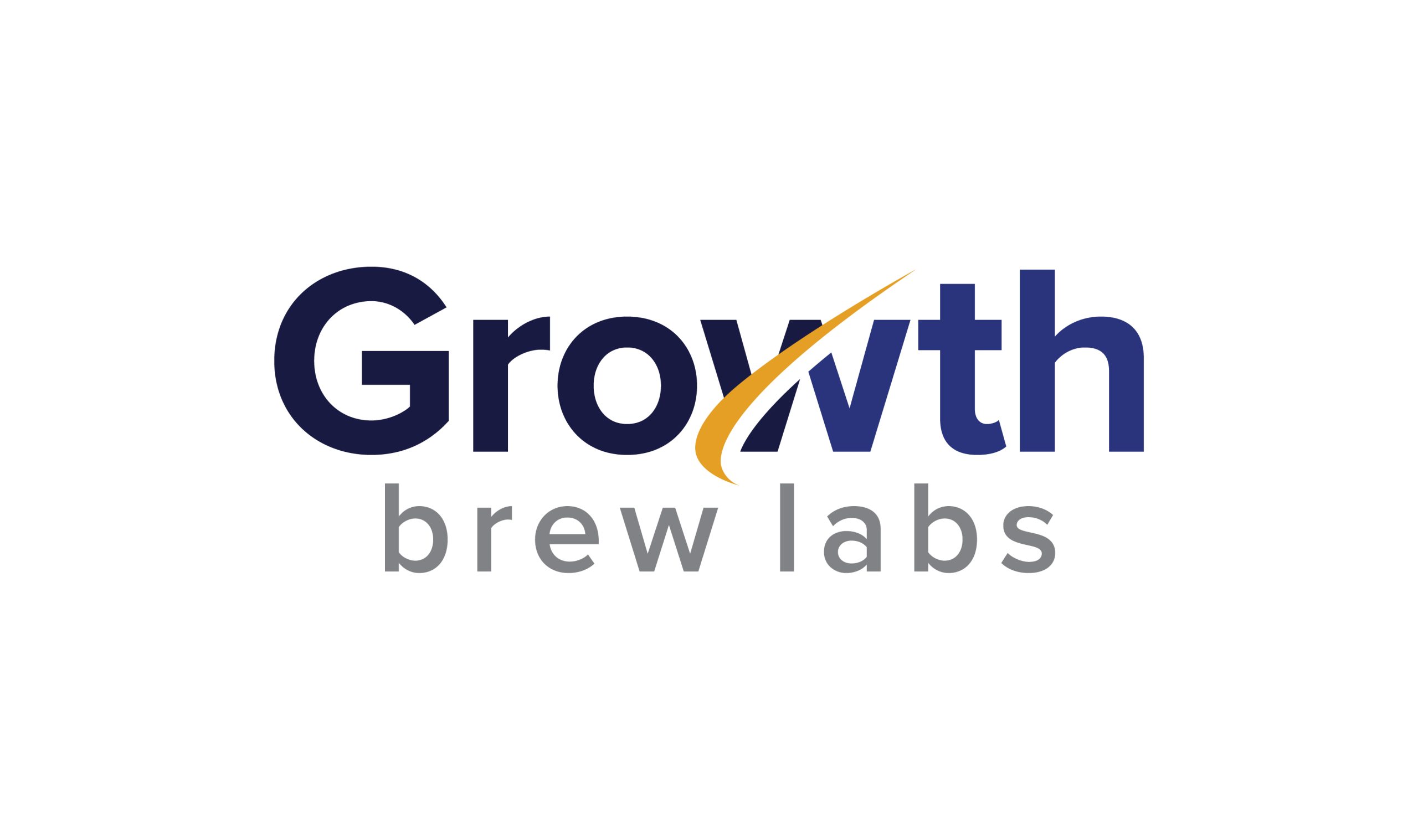Imagine this: instead of manually crafting individual pages for every keyword, you have a system that generates hundreds—even thousands—of SEO-friendly pages in no time. Welcome to the world of programmatic SEO. If you’re a digital marketer, SEO enthusiast, or just someone looking to scale organic traffic, this is your ticket to efficiency and growth.
So, what exactly is Programmatic SEO? Let’s break it down.
What is Programmatic SEO?
At its core, programmatic SEO involves creating large numbers of web pages programmatically, often based on a template. These pages are designed to target specific keywords or search intents while maintaining a consistent structure. Think of it as using code to build an army of optimized pages that work tirelessly to attract traffic.
Typical examples include:
- E-commerce sites: Product and category pages.
- Directories: Listings for cities, services, or industries.
- Content aggregators: Recipe websites or travel guides.
The goal? To scale your content and dominate search results for long-tail keywords.
Why Should You Care?
- Efficiency: Programmatic SEO allows you to create thousands of pages in a fraction of the time it would take manually.
- Traffic Potential: By targeting long-tail keywords and specific queries, you can tap into audiences that traditional SEO efforts might overlook.
- Revenue Growth: More targeted pages = more visitors = more opportunities for conversion.
The Programmatic SEO Toolbox
Let’s talk tools. Here are some of the must-haves to get started:
1. Data Sources
Programmatic SEO thrives on data. Whether you’re building a city-wise directory or a niche-specific content library, you’ll need robust data sources.
- Public APIs: APIs like Google Places, OpenWeather, or Zillow provide structured data that can be easily integrated into your system. For instance, the Google Places API can fetch detailed location data for directories, while OpenWeather is excellent for building weather-related content.
- Scraped Data: Tools like BeautifulSoup (a Python library) or Scrapy (a web scraping framework) help you extract data from websites. They’re especially useful when APIs aren’t available, allowing you to collect specific information from web pages.
- Internal Data: Don’t overlook your own databases. For example, an e-commerce site’s product catalog can serve as the foundation for building programmatic pages targeting specific product features.
2. CMS and Development Platforms
Your CMS should support dynamic page creation. Here are some popular choices:
- WordPress: With plugins like WP All Import or custom templates, WordPress can handle dynamic content generation effectively. For example, WP All Import lets you bulk upload data and populate pages automatically based on templates.
- Webflow: Known for its user-friendly interface, Webflow is ideal for setting up structured data. You can create collections that dynamically generate pages for your content.
- Custom Builds: For maximum control and scalability, frameworks like Django (Python) or Node.js (JavaScript) allow you to build bespoke solutions tailored to your needs. These platforms enable developers to write custom scripts for generating pages on the fly.
3. Automation Tools
Automation is the backbone of programmatic SEO. These tools help streamline processes and reduce manual effort:
- Google Sheets + Apps Script: A surprisingly powerful combo. Use Sheets to organize your data and Apps Script to automate tasks like generating URLs or pulling in data from APIs.
- Zapier or Make (formerly Integromat): These no-code automation tools let you connect apps and automate workflows. For example, you can use Zapier to automatically push new data from a Google Sheet to your CMS.
- Python Libraries: Tools like Pandas (for data manipulation) and Jinja2 (for templating) are essential for developers working on programmatic SEO. Pandas helps clean and format data, while Jinja2 allows you to create dynamic templates for your pages.
4. SEO Optimization Tools
These tools ensure that your pages are optimized for search engines:
- Ahrefs / SEMrush: These comprehensive SEO tools help with keyword research, backlink analysis, and competitive benchmarking. For programmatic SEO, they’re invaluable for identifying high-potential keywords to target.
- Screaming Frog: A website crawler that audits your pages for common SEO issues, such as missing meta tags or broken links. Use it to ensure all your programmatic pages adhere to best practices.
- SurferSEO: This tool provides data-driven recommendations for optimizing content structure, headings, and keywords. It’s particularly useful for scaling on-page SEO efforts.
5. Monitoring and Analytics
Tracking performance is crucial. These tools help you monitor traffic, user behavior, and more:
- Google Analytics 4: Provides detailed insights into user interactions on your site, helping you measure the success of your programmatic pages.
- Google Search Console: Offers valuable data on search performance, including impressions, clicks, and ranking positions for your pages.
- Data Studio: Google’s visualization tool lets you create custom dashboards to track your programmatic SEO metrics, making it easier to identify trends and areas for improvement.
Best Practices for Programmatic SEO
- Focus on Quality: Avoid thin or duplicate content. Each page should offer unique value.
- Use Schema Markup: Help search engines understand your content better.
- Test and Iterate: Launch a small batch of pages, analyze performance, and refine your templates.
- Prioritize Internal Linking: Ensure your pages are interlinked for better crawlability and user experience.
- Mind the UX: Don’t let your pages feel templated. Personalize them where possible.
Common Pitfalls (And How to Avoid Them)
- Over-optimization: Keyword stuffing or overly aggressive tactics can hurt your rankings.
- Neglecting Updates: Dynamic pages still need regular updates to stay relevant.
- Poor Data Quality: Garbage in, garbage out. Always verify your data sources.
Final Thoughts
Programmatic SEO is a game-changer if done right. It’s not just about generating pages—it’s about creating value at scale. With the right tools, a solid strategy, and a commitment to quality, you can unlock unprecedented organic growth.
Ready to give it a shot? Start small, experiment, and watch your traffic soar. Have questions or tips of your own? Let’s discuss in the comments!
